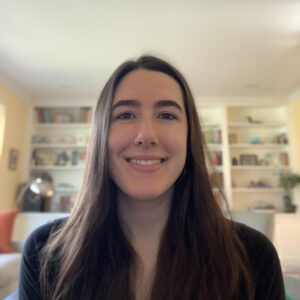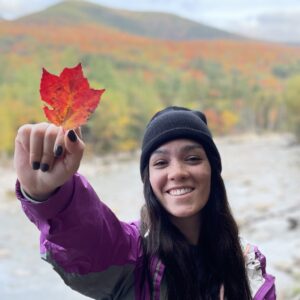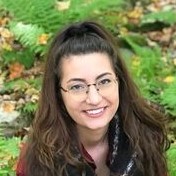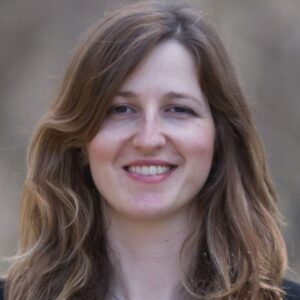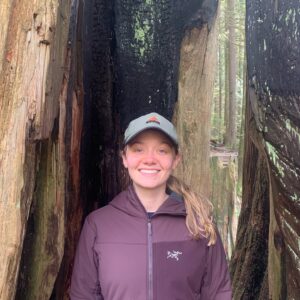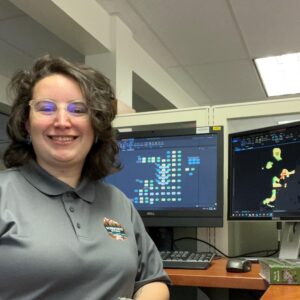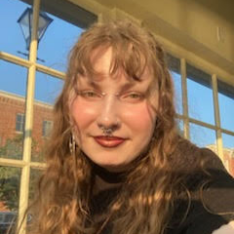Hasan Ahmed (He/Him/His)
Ph.D. Candidate
(Dr. Matthew E. Fagan)
hahmed4@umbc.edu
Research Interests:
Remote Sensing, Forest Structure, Forest Degradation, Land Use and Land Cover Change

Zachary Banham (He/Him)
M.S. Student
(Dr. Matthew E. Baker)
Research Interests:
Forest Ecology, Phenology, Ecological Response to Urbanization/Urban Environments, Remote Sensing
Anna Mothersole (She/Her)
Ph.D. Candidate
(Dr. Christopher Swan)
Research Interests:
Aquatic Ecology, Functional Traits
Laura Torres-Vargas
Ph.D. Student
(Dr. Dena Aufseeser, Dr. Yolanda Valencia)
Research Interests:
Human Geography, Women’s Studies, Women’s Migration, Latin American Studies, and Violence
Valerie Navarro Pasión (She/Her/Ella)
Ph.D. Candidate
(Dr. Margaret B. Holland)
Research Interests:
Human Geography; Anticolonial Feminisms; Land Rights; Conservation
Anisha Jayadevan
Ph.D. Student
(Dr. Matthew E. Fagan)
Research Interests:
Land-Use Change, Habitat Fragmentation, Forests, Open Natural Ecosystems
Leah Staub
M.S. Student
(Dr. Matthew E. Fagan)
Research Interests:
GIS, Riparian Forest Canopy Gaps and Their Effect on the Health of the Riparian Zone
Tyrah Cobb-Davis (She/Her)
M.S. Student,
Interdisciplinary Consortium for Applied Research in the Environment (ICARE) Trainee
(Dr. Matthew E. Baker, Dr. Andrew J. Miller)
Research Interests:
Stormwater, Urban Forests, Urban Flooding, Social Equity
Tanja Crk
Ph.D. Student
Marine Estuarine Environmental Sciences (MEES) Graduate Program
(Dr. Margaret B. Holland)
Research Interests:
Impacts of Sea Level Rise on Coastal Ecosystems
Erin Hamner (She/Her)
M.S. Student
Interdisciplinary Consortium for Applied Research in the Environment (ICARE) Trainee
(Dr. Matthew E. Baker, Dr. Andrew J. Miller)
Research Interests:
Stormwater Management, BMP Monitoring, Urban atersheds, urban planning, watershed conservation
Adriana DiSilvestro (She/Her)
Ph.D.
(Dr. David Lansing, Dr. Dillon Mahmoudi)
Research Interests:
Political Ecology, Biodiversity Conservation, Geographies of Resource Extraction, Environmental Governance, Science Studies & Politics of Knowledge, Environmental Justice, Critical GIS
Meagan Fairfield-Peak (She/Her)
M.S. Student
(Dr. Matthew E. Fagan)
Research Interests:
Landscape Management and Monitoring through GIS and Remote Sensing
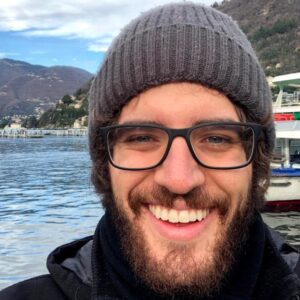
Felipe Saad
Ph.D. Student
(Dr. Matthew E. Fagan)
Research Interests:
Remote Sensing, Preservation and Conservation of the Environment
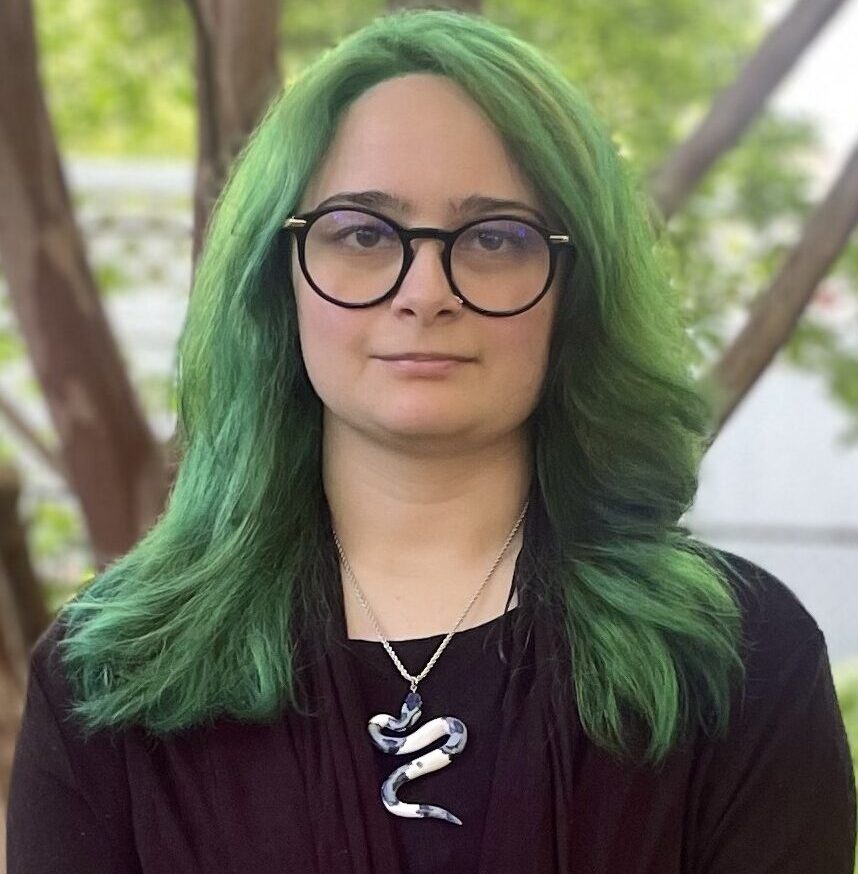 Gemma Feild
Gemma Feild
(She/Her)
Ph.D. Student
(Dr. Christopher Swan)
Research Interests:
Snake ecology; Herpetology; Urban ecosystems; Community ecology; Conservation
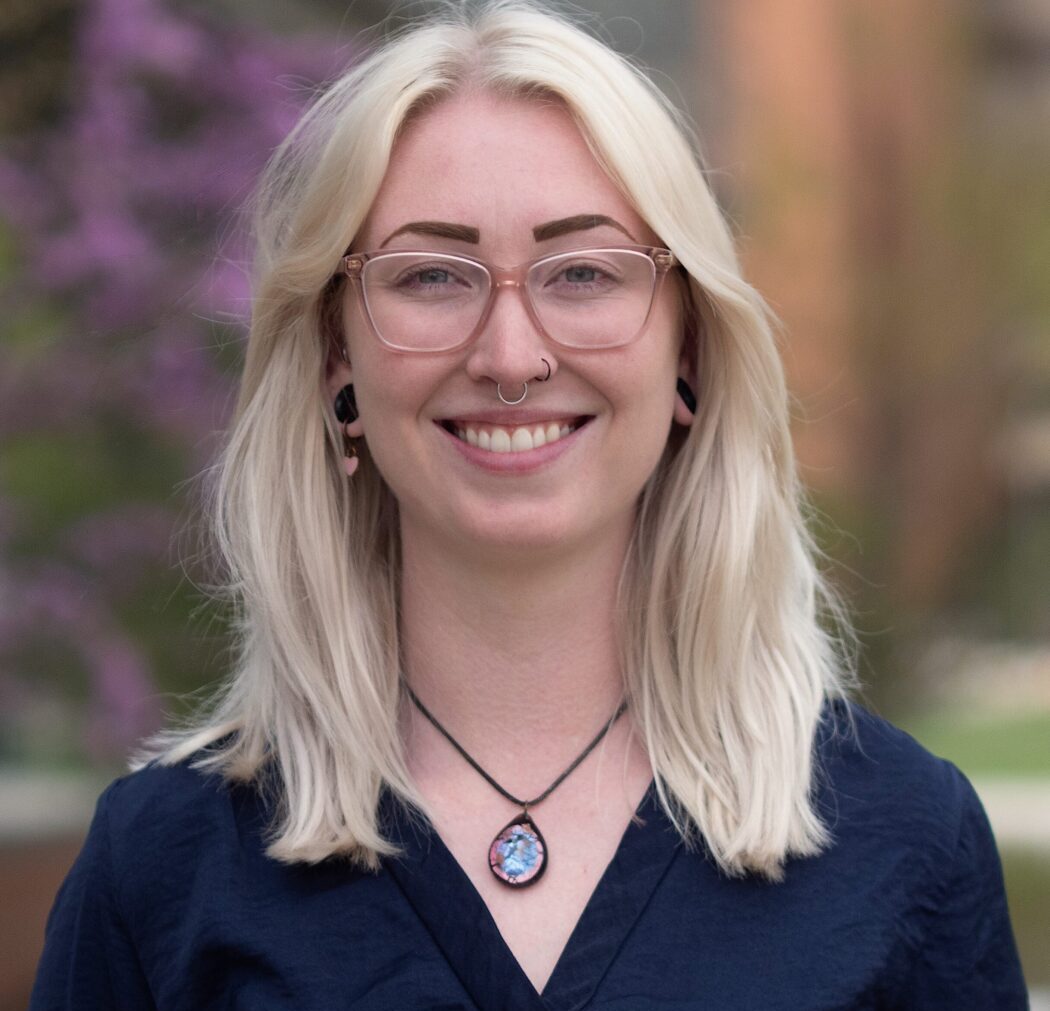
Amy Chance
Ph.D. Candidate
(Dr. Christopher Swan)
Research Interests:
Aquatic Ecology, Community and Meta-Community Ecology, Benthic Macroinvertebrates, Biodiversity, Watershed Conservation

Samantha DiNatale (she/her)
M.S. Student
Interdisciplinary Consortium for Applied Research in the Environment (ICARE) Trainee
(Dr. Dena Aufseeser)
Research Interests:
Gender, care work, urban historical geography, environmental and social justice, health (in)equality, archival methods
Taylor Garbowski
M.S. Student
(Dr. Dawn Biehler)
Research Interests:
Disabled Spatialities, Neuro-Affirmative Pedagogy, Qualitative Research Methods, Geographies of Higher Education, Epistemic Injustice & Academic Undercommons/Counterpublics, Digital Geographies, Multimodal Science Communication, Autoethnography & Storytelling, Library & Information Science
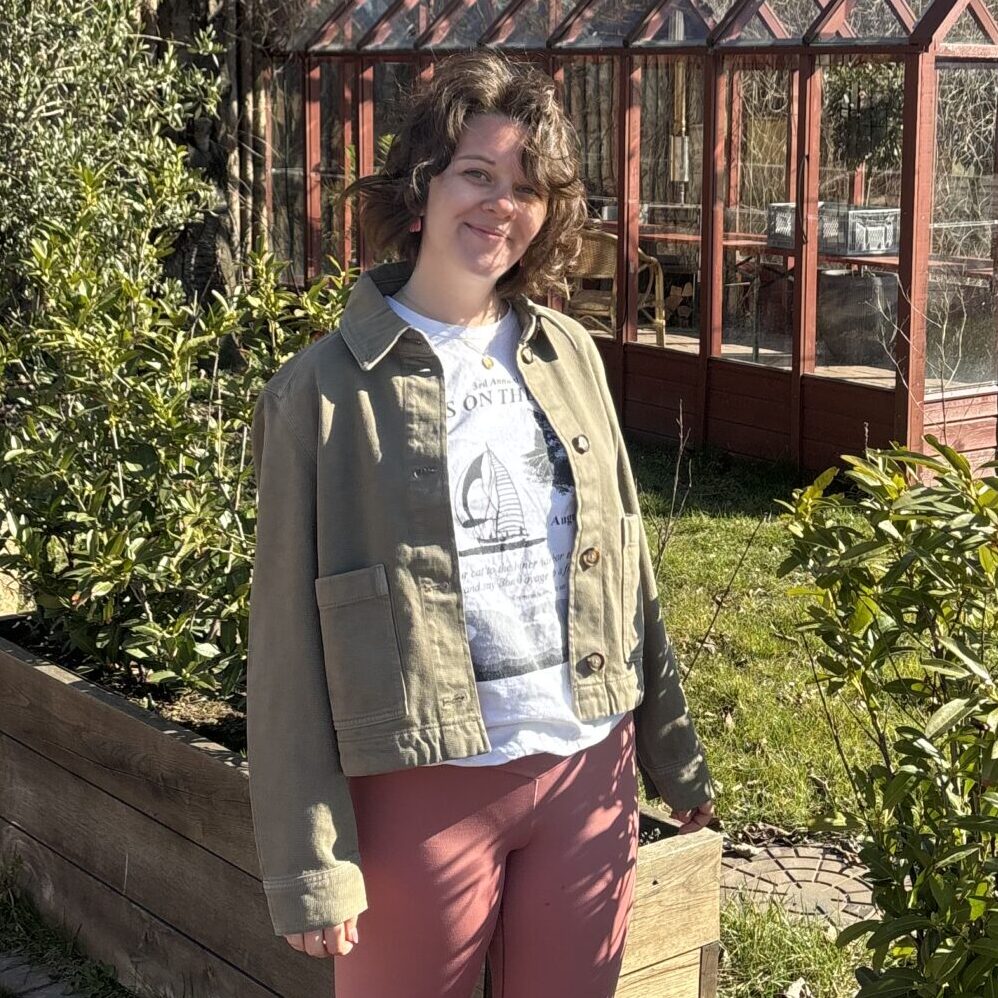
Sarah Beyers
(she/they)
Research interests:
Political ecology, participatory research, critical GIS, environmental justice, racial capitalism, Black geographies, feminist geographies, community well-being

Sahaadat N. Hammed-Owens
(she/her/hers)
M.S. Student
(Dr. Dawn Biehler and Dr. Ellen Kohl)
Research Interest:
Human Geography, Environmental Justice, and Racial Capitalism

